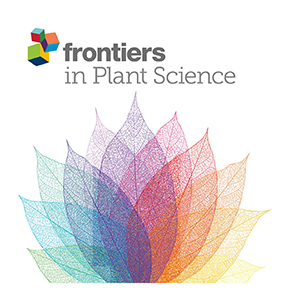 “Complementary therapies for inflammatory bowel disease (IBD) have earned growing interest from patients and investigators alike, with a dynamic landscape of research in this area. In this article, we review results of the most recent studies evaluating the role of cannabis and turmeric for the treatment of IBD and other intestinal illnesses.
“Complementary therapies for inflammatory bowel disease (IBD) have earned growing interest from patients and investigators alike, with a dynamic landscape of research in this area. In this article, we review results of the most recent studies evaluating the role of cannabis and turmeric for the treatment of IBD and other intestinal illnesses.
RECENT FINDINGS:
Cannabinoids are well-established modulators of gut motility and visceral pain and have demonstrated anti-inflammatory properties. Clinical trials suggest that there may be a therapeutic role for cannabinoid therapy in the treatment of IBD, irritable bowel syndrome (IBS), nausea and vomiting, and GI motility disorders. Recent reports of serious adverse effects from synthetic cannabinoids highlight the need for additional investigation of cannabinoids to establish their efficacy and safety. Turmeric trials have demonstrated some promise as adjuvant treatment for IBD, though not in other GI disease processes. Evidence suggests that the use of cannabis and turmeric is potentially beneficial in IBD and IBS; however, neither has been compared to standard therapy in IBD, and thus should not be recommended as alternative treatment for IBD. For cannabis in particular, additional investigation regarding appropriate dosing and timing, given known adverse effects of its chronic use, and careful monitoring of potential bleeding complications with synthetic cannabinoids are imperative.”
https://www.ncbi.nlm.nih.gov/pubmed/30635796
https://link.springer.com/article/10.1007%2Fs11894-019-0670-0



 “In the last decades, a lot of attention has been paid to the compounds present in medicinal Cannabis sativa L., such as Δ9-tetrahydrocannabinol (Δ9-THC) and cannabidiol (CBD), and their effects on inflammation and cancer-related pain.
“In the last decades, a lot of attention has been paid to the compounds present in medicinal Cannabis sativa L., such as Δ9-tetrahydrocannabinol (Δ9-THC) and cannabidiol (CBD), and their effects on inflammation and cancer-related pain.


 “An evidence-based approach is needed to shape policies and practices regarding medical
“An evidence-based approach is needed to shape policies and practices regarding medical 
